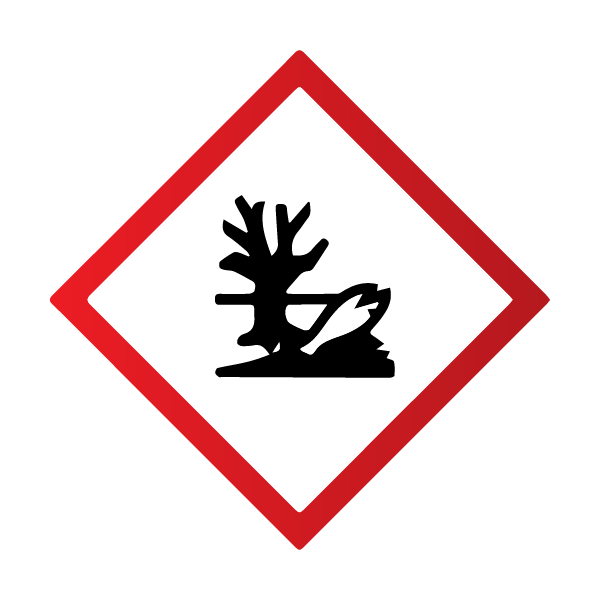When you've created a product that's meant to destroy plant or animal life, such as a pesticide, there are specific labeling requirements to which you must adhere. Because these products can pose certain dangers, the presence of warning labels, directions for use, and other information has much higher priority than with certain other types of items.
With packaged foods and beverages, for instance, a business can have a bit of fun with their adhesive labels. But with pesticides, it's essential that companies follow these stringent regulations to ensure compliance and public safety.
We'll discuss some questions you may have pertaining to pesticide warning labels and product information in today's post.
Like most other types of labeling, pesticide labels are meant to inform and protect the public. Pesticide labels, in particular, provide essential information on how to use and handle these products to eliminate risks to both humans and the environment.
Because 65% of shoppers say they spend less than a minute conducting product research on their smartphones prior to making purchase decisions, it's essential that pesticide labeling tells consumers everything they need to know about a given product in an easily readable way.
Pesticide labeling is regulated by the U.S. Environmental Protection Agency. The EPA actually oversees the majority of content included on these product and warning labels to ensure consistency, compliance, and comprehensibility. The EPA has developed a detailed label review manual to provide organizations with information about label development.
There are several different parts of pesticide labeling. Overall, it's important that pesticide warning labels include who may use the product, where it may be used, how it should be used, how much should be used, and how often it can be used.
Pesticide warning labels often contain familiar symbols to inform the public about potential risks associated with the product in question. These labels may also contain graphics that may indicate specific certifications (like the Good Housekeeping seal) or how to use said product.
For instance, some warning labels bear the skull and crossbones symbol to indicate that the product contains a harmful toxin. They may also contain graphics about how to apply the pesticide properly or a symbol indicating the potential for child drowning.
Though chemicals must adhere to highly specific GHS label requirements, the EPA has not yet adopted the same GHS standards for pesticide product classification and labeling. However, the EPA does use the skull-and-crossbones symbol for toxicity and flame symbol for flammability, and the GHS includes several additional pictograms.





The EPA regulates the types of symbols that can be included on pesticide labeling, as well as graphics that should be excluded from custom labels for pesticides. Graphics and symbols are considered unacceptable for use if they violate EPA regulations (typically due to the chance of misleading the public).
Generally, pictures and symbols must be excluded if they are not relevant to the service provided by the product. This means, for example, that a graphic of an insect may not be included if that insect is not treated by the pesticide in question. Graphics involving children, candy, recyclability, pets, eating utensils, flowers, and others are highly regulated so as not to be confusing to consumers.
Although the EPA's instructions for pesticide labels must be followed to the letter, you can still ensure your custom labels set your product apart on the shelves while protecting consumers. To find out more, contact us today.
© 2024 Premium Label & Packaging Solutions | PLPS Sales Terms and Conditions